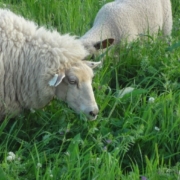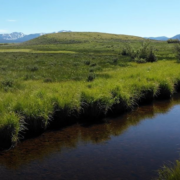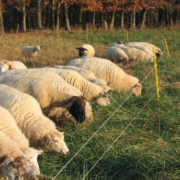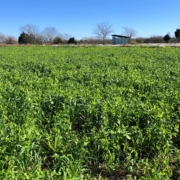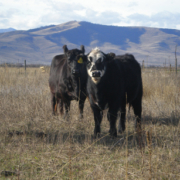Episode 276. Managing Photosynthesis Through Optimal Grazing
The primary goal of grazing, or any other farming endeavor, is to convert light energy efficiently and profitably from the sun into food. Many graziers think of themselves as grass farmers, harvesting sunlight and converting it through forage into animal products.
In this episode of Voices from the Field, NCAT Sustainable Agriculture Specialists Lee Rinehart and Justin Morris talk specifically about photosynthesis and whether it can be managed. And if so, how? If indeed it is possible to optimize photosynthetic activity and get more nutrient-dense forage for longer in the grazing season, it would be a new spin on grazing management.
Related ATTRA Resources:
- Grazing
- Advanced Grazing Series. Session 2. Plants and Grazing Management
- Building Healthy Pasture Soils
Other Resources:
- How Healthy Plants Create Healthy Soil
- Characterization of Root Exudates at Different Growth Stages of Ten Rice (Oryza sativa L.) Cultivars
- Responses of Root Exudation and Nutrient Cycling to Grazing Intensities and Recovery Practices in an Alpine Meadow: An Implication for Pasture Management
- Carbon Dioxide Concentration Gradients above the Soil Surface at High Elevations
Have questions or need help? Contact us.
Please complete a brief survey to let us know your thoughts about the content of this podcast.
You can get in touch with NCAT/ATTRA specialists and find access our trusted, practical sustainable-agriculture publications, webinars, videos, and other resources at ATTRA.NCAT.ORG.
Learn about NCAT’s other innovative sustainable agriculture programs.

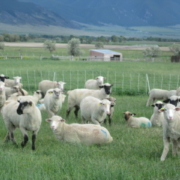
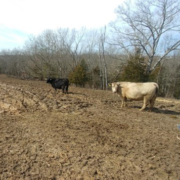
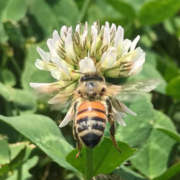 USDA photo by Lance Cheung
USDA photo by Lance Cheung